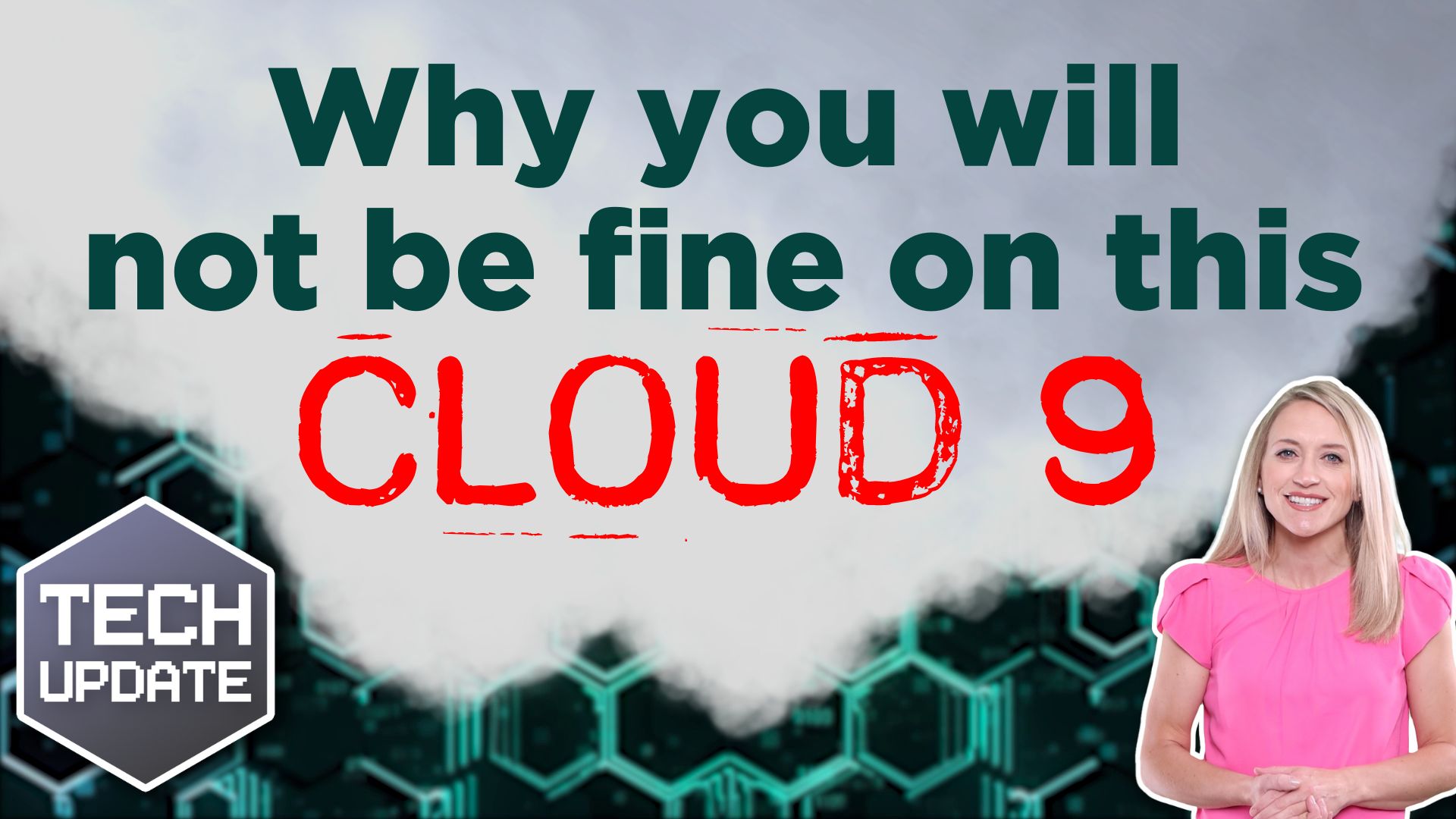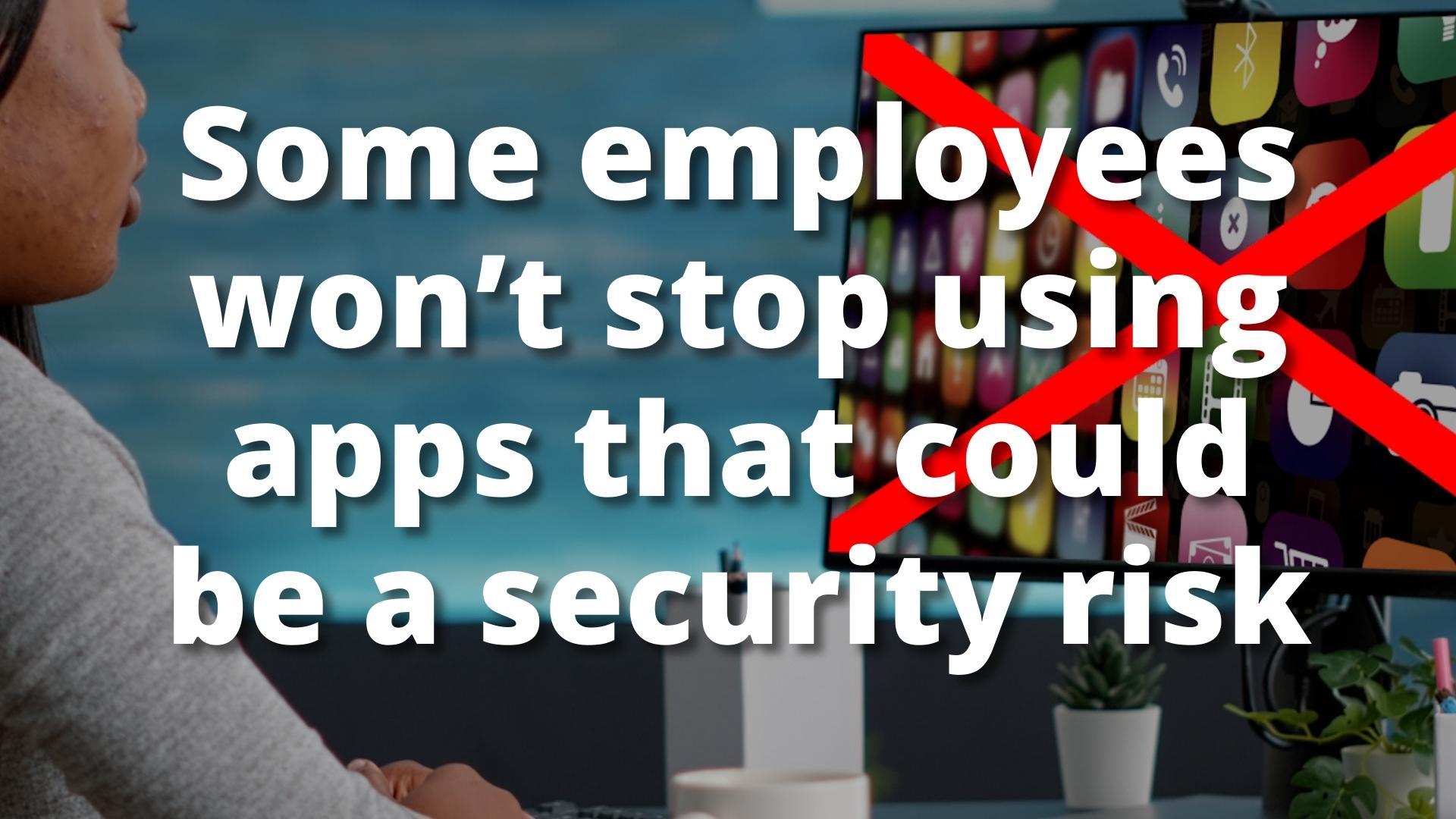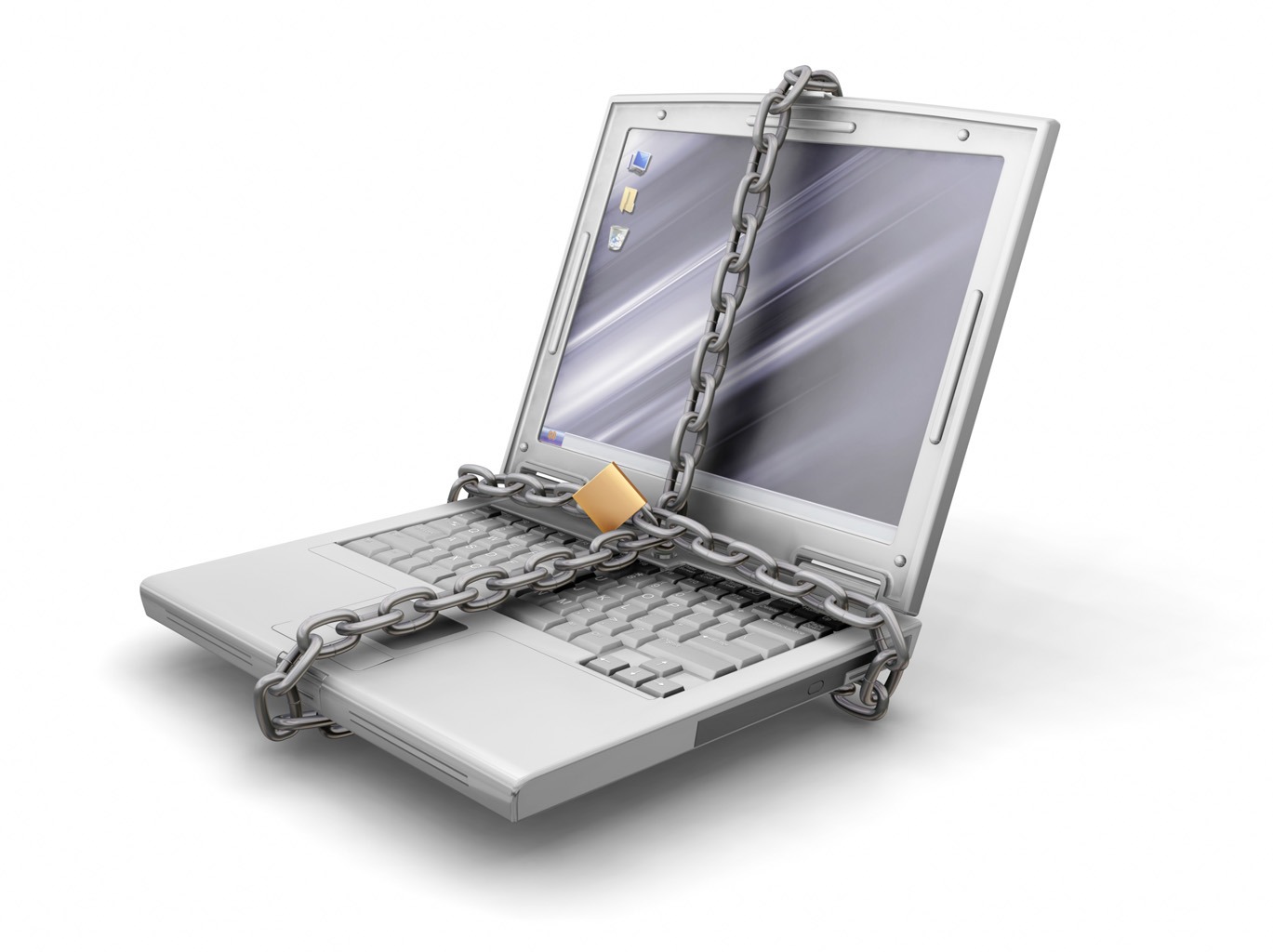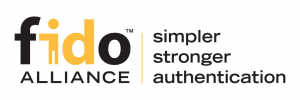Are your people Christmas shopping from work?
Almost half of people with social media accounts have admitted to falling for shopping scams. So if members of your team are doing a little last minute Christmas shopping from work, how can you be sure your business is protected?
New research shows that a massive 47% of people have clicked on links hoping to get a great deal, and instead ended up giving financial and personal details to cyber criminals.
That could mean they’re not only putting their own data and money at risk, but your device – and even your network – could be exposed, too.
It’s not just shopping scams that are fooling people online. Phishing links have tricked 36% of people into revealing personal data. Phishing is where you get an email that seems to be from a person or brand you trust, but it’s not.
The same number have fallen for gift card scams – that’s where criminals gain victims’ trust and persuade them to buy gift cards or online vouchers.
If an employee clicks a malicious link or downloads an infected file using their work device, the results for a business can be devastating. The risks go beyond the loss of data and reputation. The cost of downtime while you get going again is enough to put many people out of business for good.
So how can you protect your business against this kind of scam – right now, and throughout the year?
As well as having the right cyber security tools in place – such as firewalls, antivirus software, and strong password management – you should stay focused on training your people. Because your best line of defense is a team that recognizes a threat when they see one.
Make sure they’re aware of the latest scams, and that they know the warning signs to look out for. Advise everyone to check that links are genuine, websites are the real deal, and be suspicious of offers that look too good to be true.
And have a strong plan in place that kicks in the moment a security breach is spotted. Employees should all know to report any incidents immediately, and who they should inform. Acting quickly often lessens the impact of a data breach and makes it faster and less expensive to fix.
As always, if you’d like further help or advice, get in touch.
Published with permission from Your Tech Updates.










 No one likes passwords. Creating them. Remembering them. Typing them in.
No one likes passwords. Creating them. Remembering them. Typing them in.